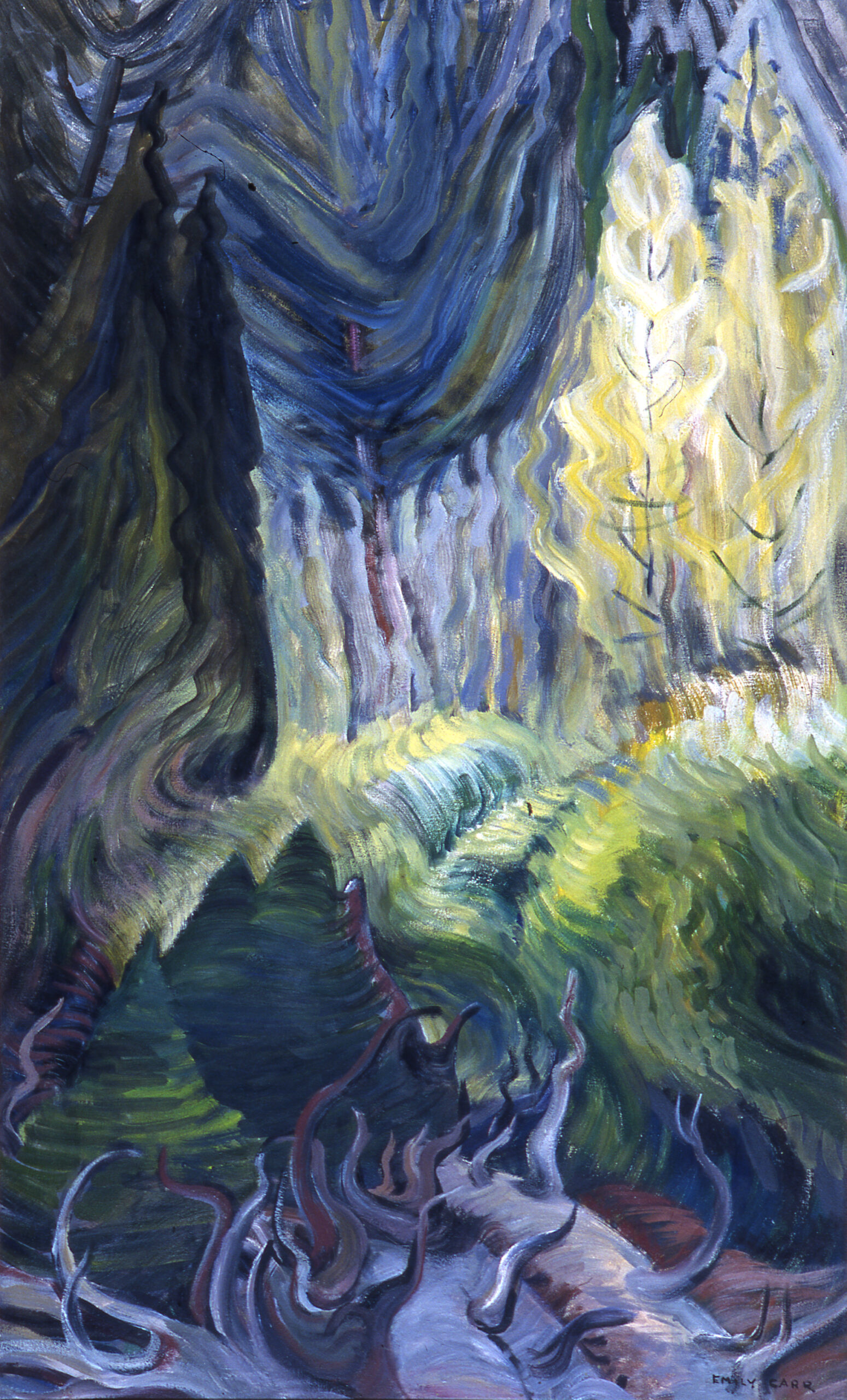Curator of Engagement, Nicole Stanbridge, shares insight on her favourite new piece from our collection:
“I chose a recent acquisition to our permanent collection by Vancouver-based artist Brendan Lee Satish Tang. Pictured above, Manga Ormolu Ver. 5.0 (purchased with the support of the Canada Council for the Arts Acquisition Grants program and the George and Lola Kidd BC Art Acquisitions Fund, photo credit Suzanne Ward) is a work from Tang’s Manga Ormolu series that uses the 18th-century French gilding technique known as ormolu and fuses it with inspiration from pop culture (in particular, Japanese anime and manga).”
As Brendan Tang describes it:
Manga Ormolu enters the dialogue on contemporary culture, technology, and globalization through a fabricated relationship between ceramic tradition (using the form of Chinese Ming dynasty vessels) and techno-Pop Art.
Each piece is its own character – infused with life; they are curious fantastical creatures. The ceramic folds and pulls back like flesh revealing, making way, introducing the mechanical components of these complex multifaceted objects that evoke the complexity of Tang’s own “ambiguous cultural identity”. With humour and rigorous technical skill, they succeed in subverting our expectation of materials and push the realm of what we might consider self-portraiture.
Although I am considered Asian Canadian within the dominant culture’s framing, my family has lost even vestiges of connectivity to Asia through several generations of intercontinental migration and ethnic intermarriage. I have used self-portraiture to explore issues of race, class and sexual identity in greater depth. – Brendan Tang



